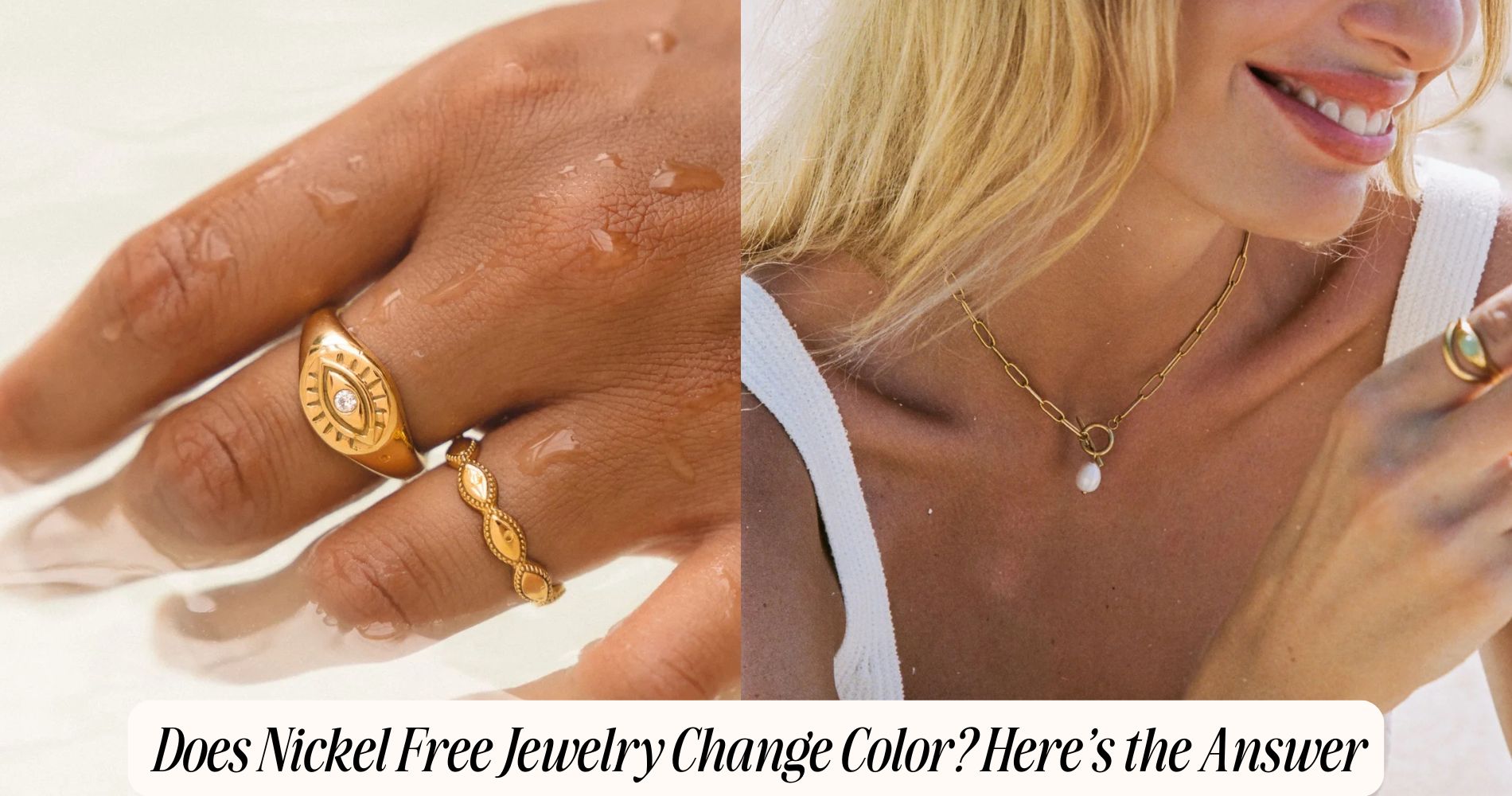
Does Nickel Free Jewelry Change Color? Here’s the Answer
Does Nickel-Free Jewelry Change Color? Yes, nickel-free jewelry can still change color over time, even though it's hypoallergenic. Discoloration often occurs due to metal reactions with sweat, skin oils, or exposure to elements like chlorine. Additionally, high-quality coatings may wear down with regular use, leading to tarnishing. To keep your jewelry looking its best, regular cleaning and proper storage are essential. For long-lasting shine and durability, explore our Tarnish-Free Jewelry collection, designed to stay beautiful wear after wear!
Understanding Nickel-Free Jewelry Materials
When you choose nickel-free jewelry, it's important to understand the materials that replace nickel to avoid allergic reactions and guarantee durability.
Common nickel alternatives include stainless steel, titanium, and certain types of gold, which offer hypoallergenic properties.
Stainless steel, for instance, is renowned for its corrosion resistance and longevity, ensuring your jewelry maintains its shine over time.
Titanium, another popular choice, is lightweight yet incredibly strong, making it ideal for daily wear.
Additionally, precious metals like sterling silver can be coated with rhodium to enhance durability while remaining nickel-free.
Common Causes of Jewelry Discoloration
Although you may choose high-quality nickel-free jewelry, discoloration can still occur due to various factors. One common cause is metal reactions, which happen when your skin's natural oils, sweat, or cosmetics interact with the jewelry.
These reactions can lead to tarnishing, especially with metals like silver or copper. Additionally, exposure to chlorine, saltwater, or even perfume can accelerate discoloration.
Proper jewelry care is essential; regularly clean your pieces and store them in a dry, cool place to minimize exposure to harmful elements.
The Role of Coatings and Plating
Coatings and plating play a crucial role in preventing discoloration and enhancing the durability of nickel-free jewelry. When you choose jewelry with a protective coating, you're investing in coating durability, which helps resist tarnishing and scratching.
The thickness of the plating also matters; thicker layers provide better protection against wear and environmental factors like moisture and sweat. However, even high-quality coatings can wear down over time, especially with frequent use.
It's important to understand that while coatings and plating considerably reduce the risk of color change, they aren't foolproof. Regularly checking the condition of your jewelry will help you maintain its appearance, ensuring you enjoy your nickel-free pieces for years to come.

Maintenance Tips for Nickel-Free Jewelry
To keep your nickel-free jewelry looking its best, regular maintenance is essential.
Start with effective cleaning techniques. Use a soft cloth to wipe down pieces after wearing them to remove oils and dirt. For deeper cleaning, a mild soap and warm water solution works well—just guarantee you dry them thoroughly afterward to prevent moisture damage.
When it comes to storage solutions, place your jewelry in a dry, cool area. Avoid exposing it to harsh sunlight or humidity, which can cause discoloration.
Consider using separate pouches or a jewelry box with compartments to prevent scratches. By implementing these strategies, you can extend the life and appearance of your nickel-free jewelry, keeping it vibrant and beautiful for years to come.
Environmental Factors Affecting Jewelry Color
When you wear jewelry, various environmental factors can greatly impact its color and overall appearance.
Humidity effects play an important role; high humidity can cause moisture buildup that may lead to tarnishing or corrosion, altering the jewelry's color.
Additionally, temperature fluctuations can create stress on metals and alloys, resulting in color changes or discoloration over time.
For example, wearing jewelry in extreme heat or cold can affect its integrity, leading to unexpected color shifts.
It's vital to be mindful of these environmental conditions and take precautions to minimize their impact on your jewelry.
Differences Between Nickel-Free and Other Alloys
While many jewelry pieces incorporate various metal alloys, the differences between nickel-free options and those containing nickel can greatly impact both wearability and appearance.
Nickel properties, such as its strength and resistance to corrosion, make it a popular choice in many alloys. However, for those with sensitivities, nickel can cause reactions, leading to discomfort.
Nickel-free alloys, often composed of metals like titanium, sterling silver, or stainless steel, eliminate these risks, providing a safer alternative. Additionally, the alloy composition in nickel-free jewelry tends to maintain its color and luster longer, reducing the likelihood of discoloration.
This makes nickel-free options not only a healthier choice but also a more reliable one for long-lasting beauty in your jewelry collection.
When to Seek Professional Help for Discoloration
Although minor discoloration on your nickel-free jewelry might seem manageable, significant changes in color or texture can signal a need for professional intervention.
If you notice discoloration symptoms such as darkening, pitting, or unusual dullness, it's wise to contemplate a professional evaluation. These changes can indicate reactions to environmental factors or even the presence of low-quality materials.
Ignoring these symptoms may lead to irreversible damage or loss of value. A jeweler can assess the root cause of the discoloration and recommend appropriate cleaning or restoration methods.
Don't wait until the issue worsens; addressing concerns early can prolong the lifespan of your jewelry and guarantee it remains a cherished part of your collection.
Frequently Asked Questions
Can I Wear Nickel-Free Jewelry if I Have Metal Allergies?
If you have metal allergies, you can typically wear nickel-free jewelry. However, always check for other metals that may cause skin sensitivity. Monitoring your skin's reaction will help guarantee a comfortable experience with your jewelry.
How Long Does Nickel-Free Jewelry Typically Last Before Discoloration?
Nickel-free jewelry typically boasts a lifetime expectancy of several years, depending on materials and care. To prolong its shine, clean regularly, avoid harsh chemicals, and store it properly when not in use.
Is Nickel-Free Jewelry More Expensive Than Regular Jewelry?
Nickel-free jewelry often costs more than regular jewelry due to its higher material quality. This cost comparison reflects the use of premium metals that reduce allergic reactions, ensuring a safer and more comfortable wearing experience for you.
What Is the Best Way to Store Nickel-Free Jewelry?
To store your nickel-free jewelry properly, keep it in a cool, dry place. Use anti-tarnish pouches or cloths to control humidity and prevent discoloration, ensuring your pieces remain in pristine condition for years.
Do Different Brands of Nickel-Free Jewelry Vary in Quality?
Yes, different brands of nickel-free jewelry do vary in quality. When making brand comparisons, consider factors like materials, craftsmanship, and quality assurance practices to guarantee you're investing in durable and safe pieces for your collection.
Conclusion
To sum up, while nickel-free jewelry is designed to minimize allergic reactions, it can still change color due to various factors like exposure to moisture and chemicals. Understanding the materials and coatings used can help you choose wisely. Regular maintenance and awareness of environmental influences can further preserve your jewelry's appearance. If you notice significant discoloration, seeking professional help may be necessary to restore its original beauty. Staying informed is key to enjoying your nickel-free pieces for years to come.






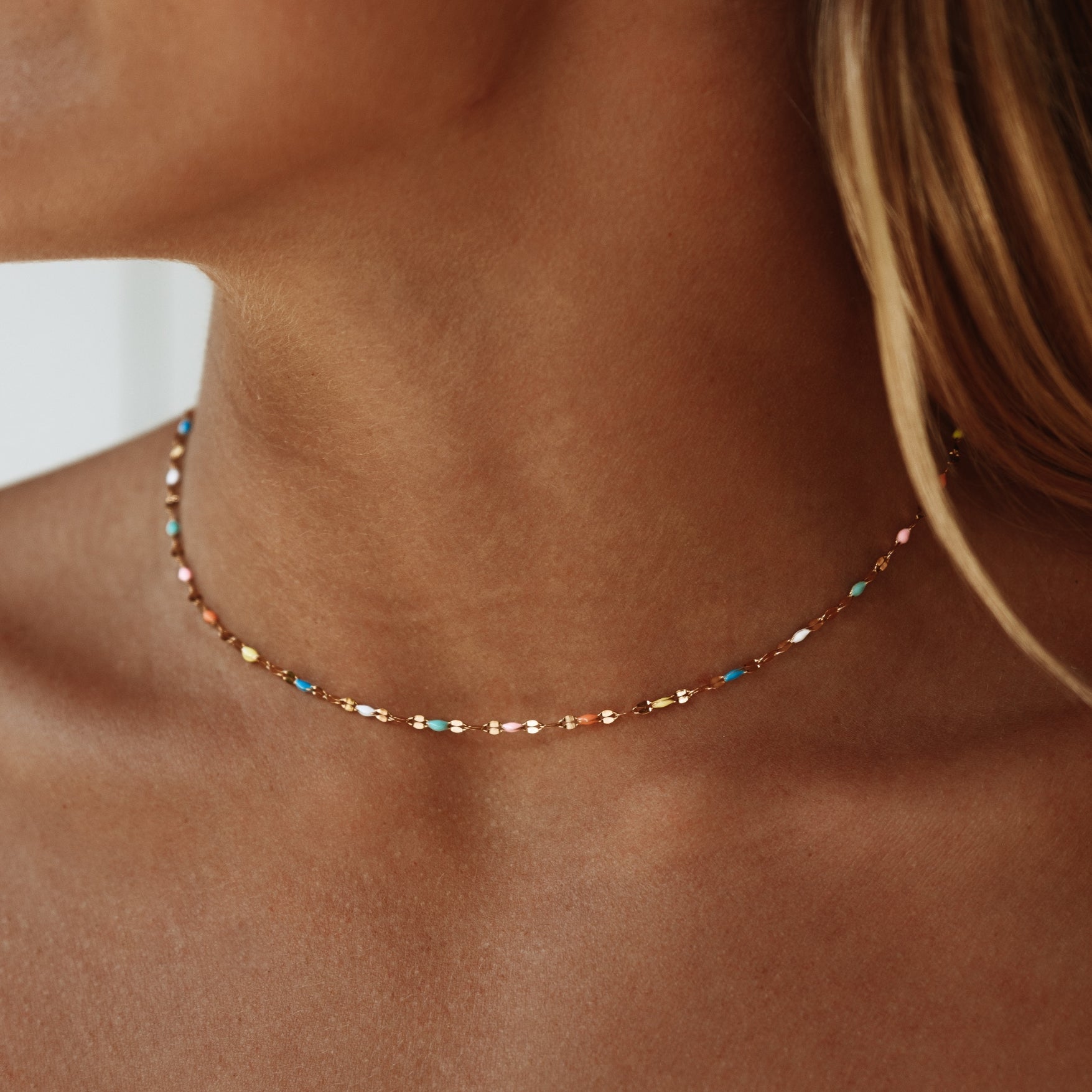
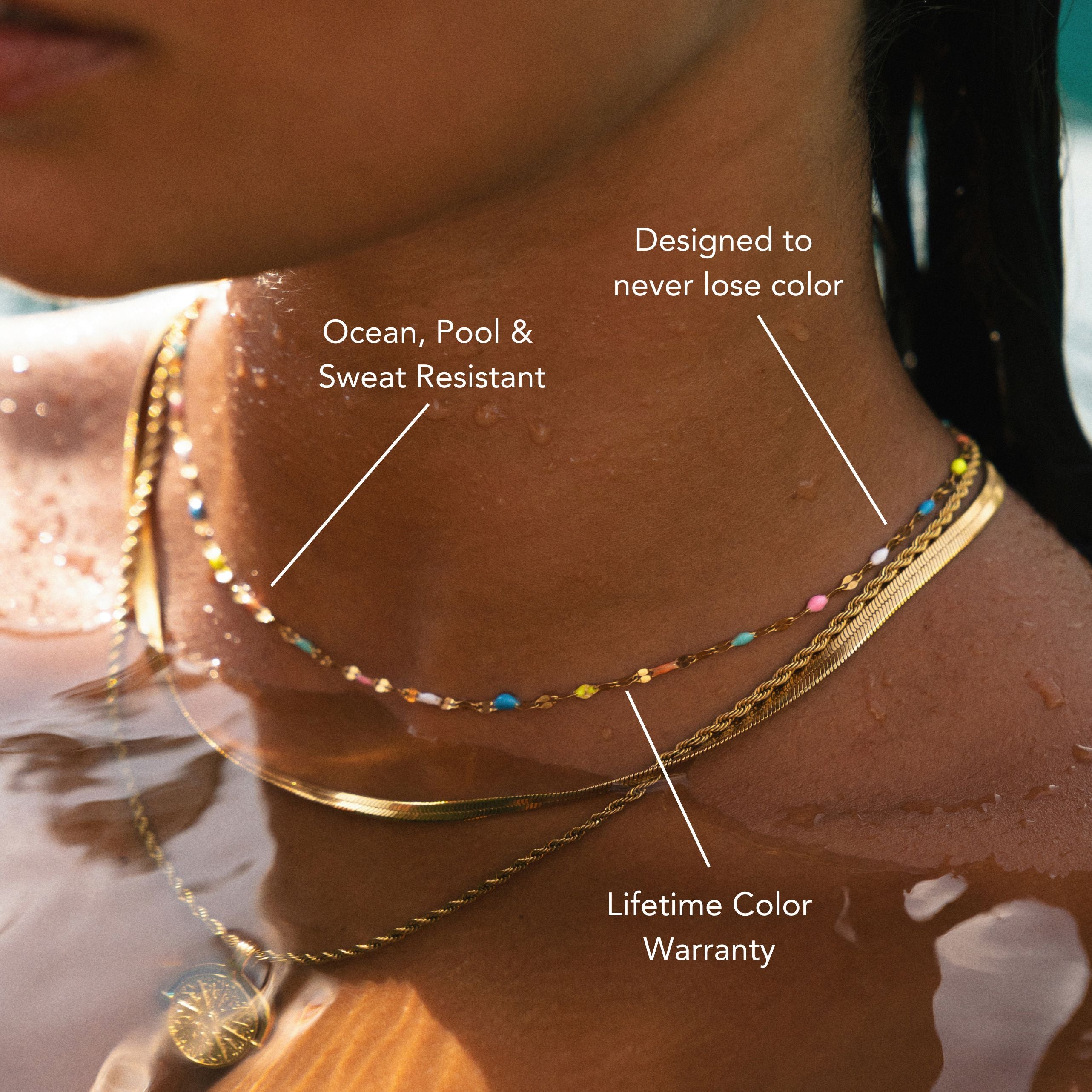
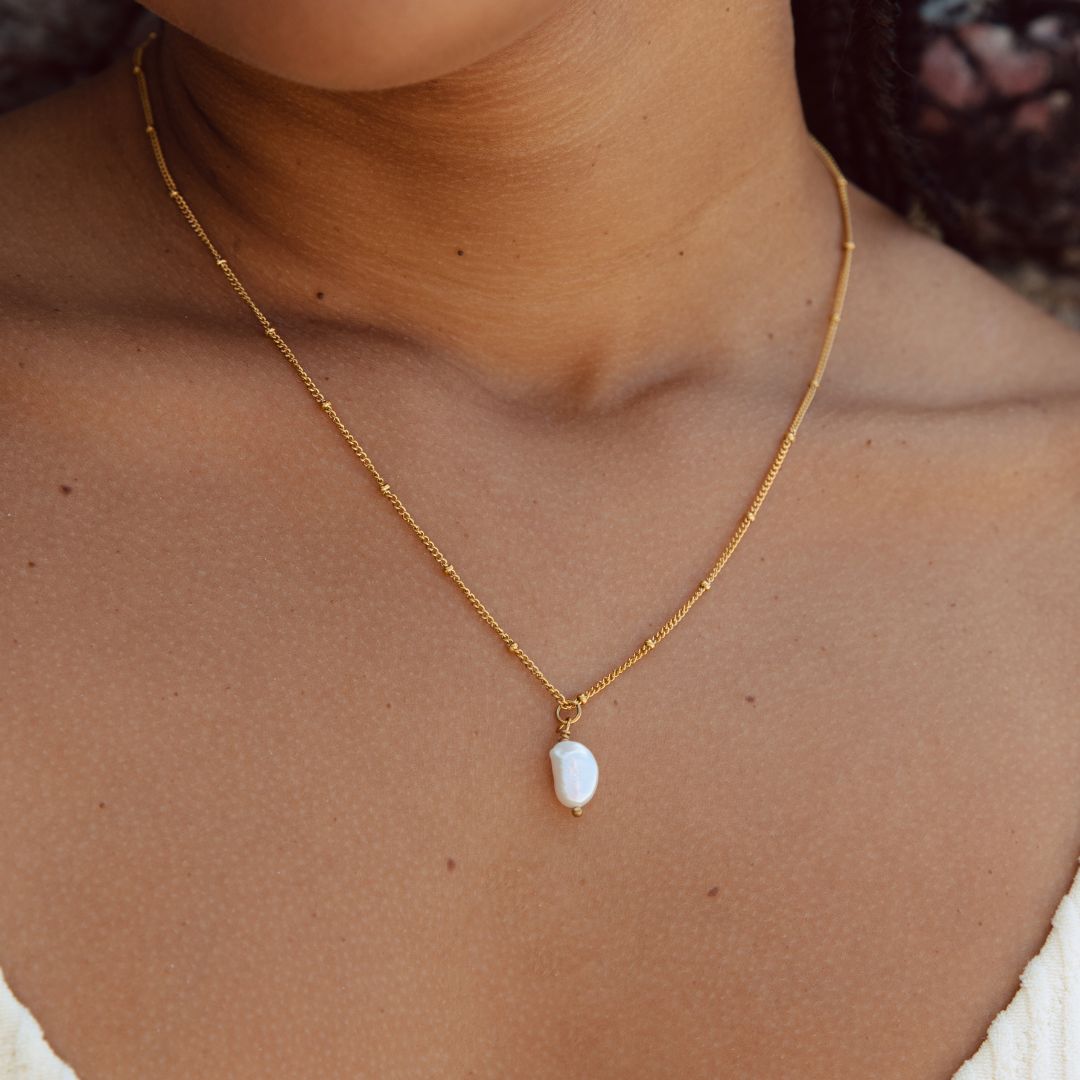

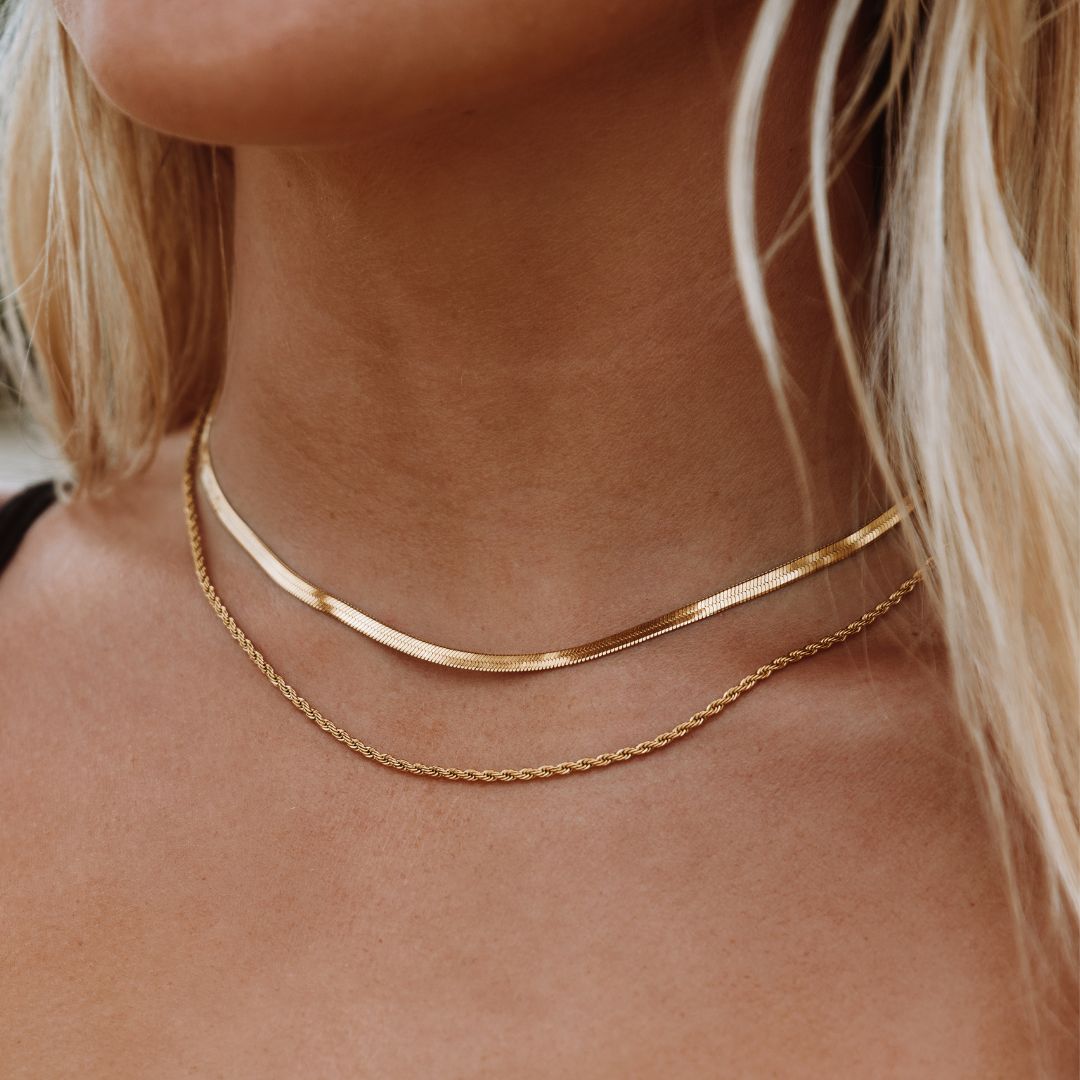
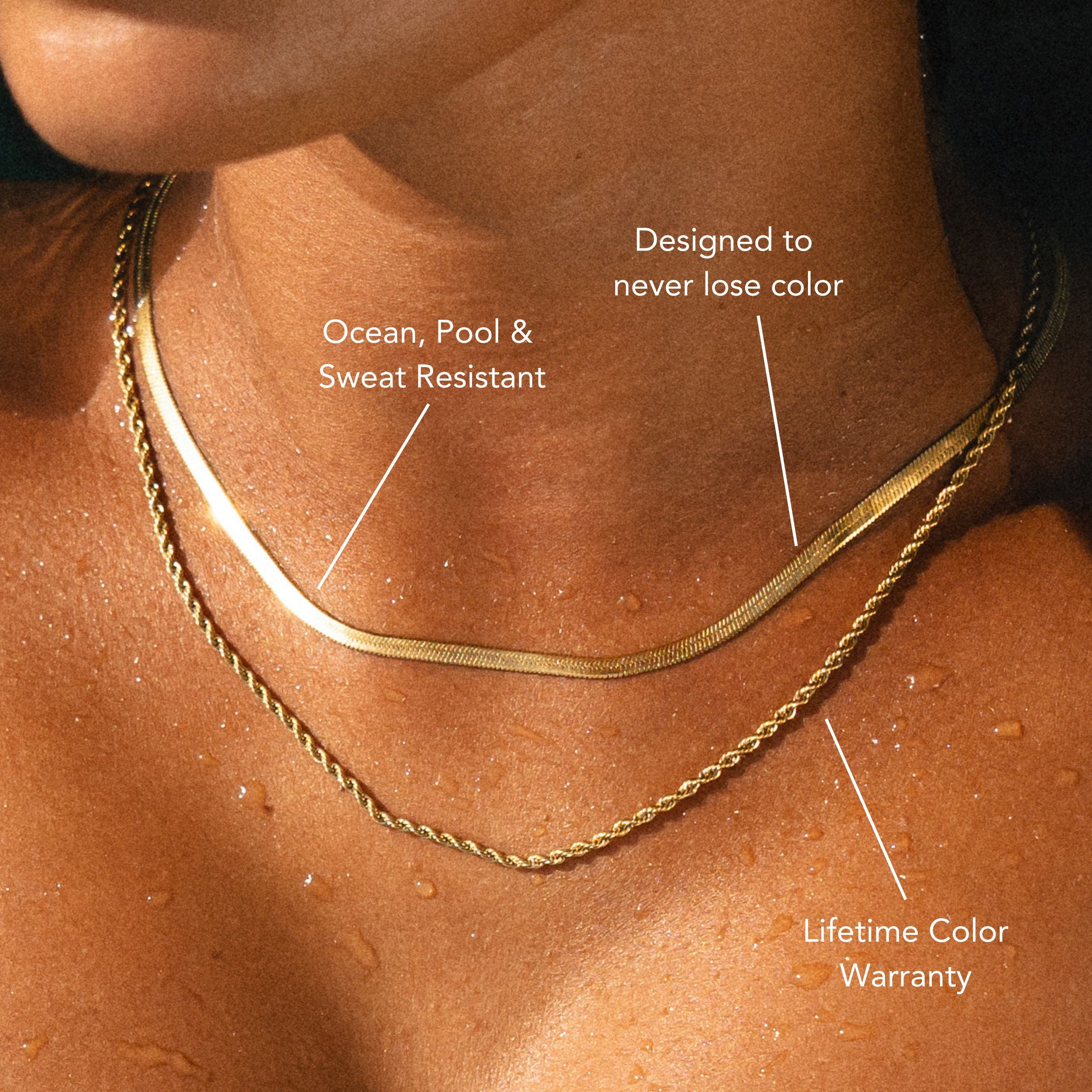
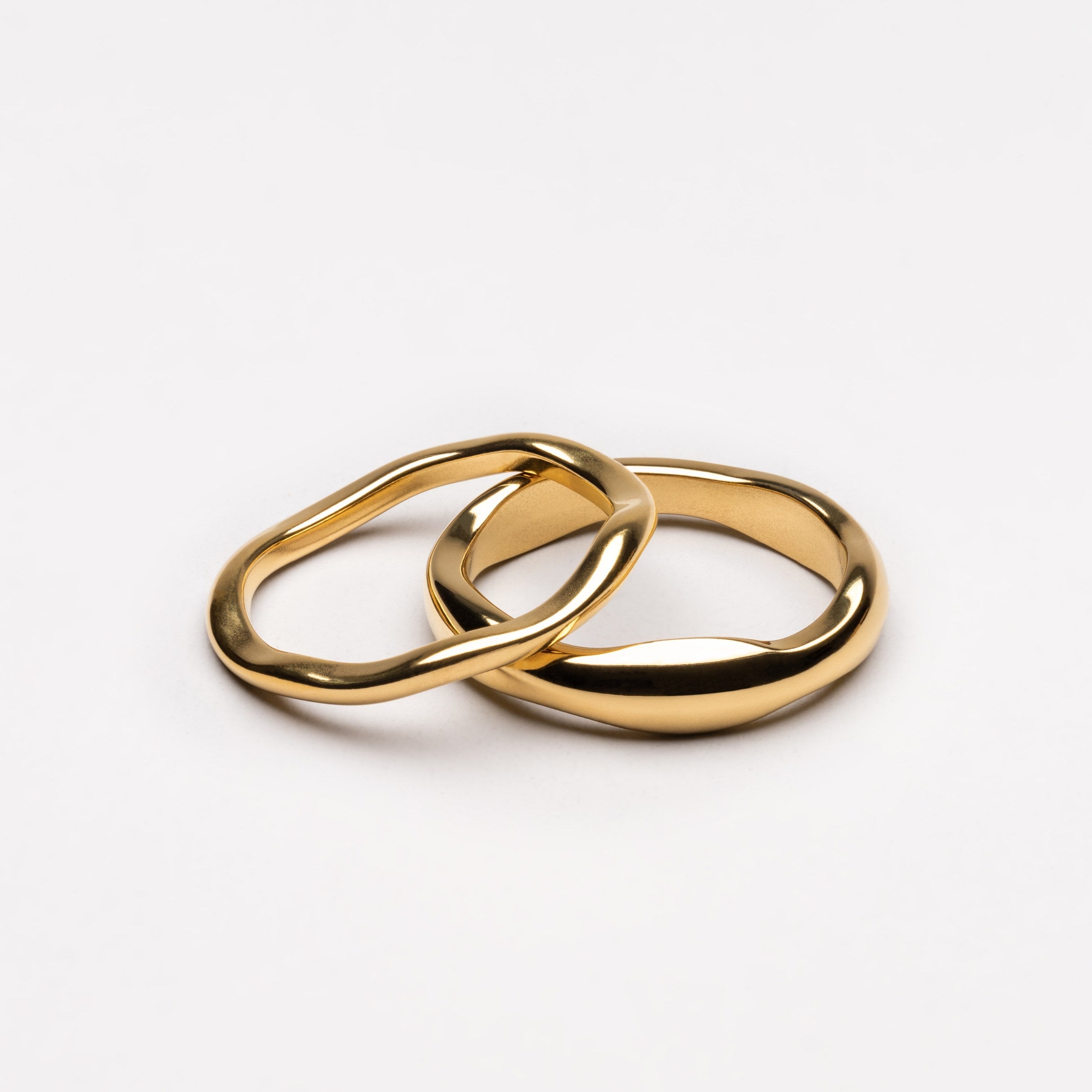

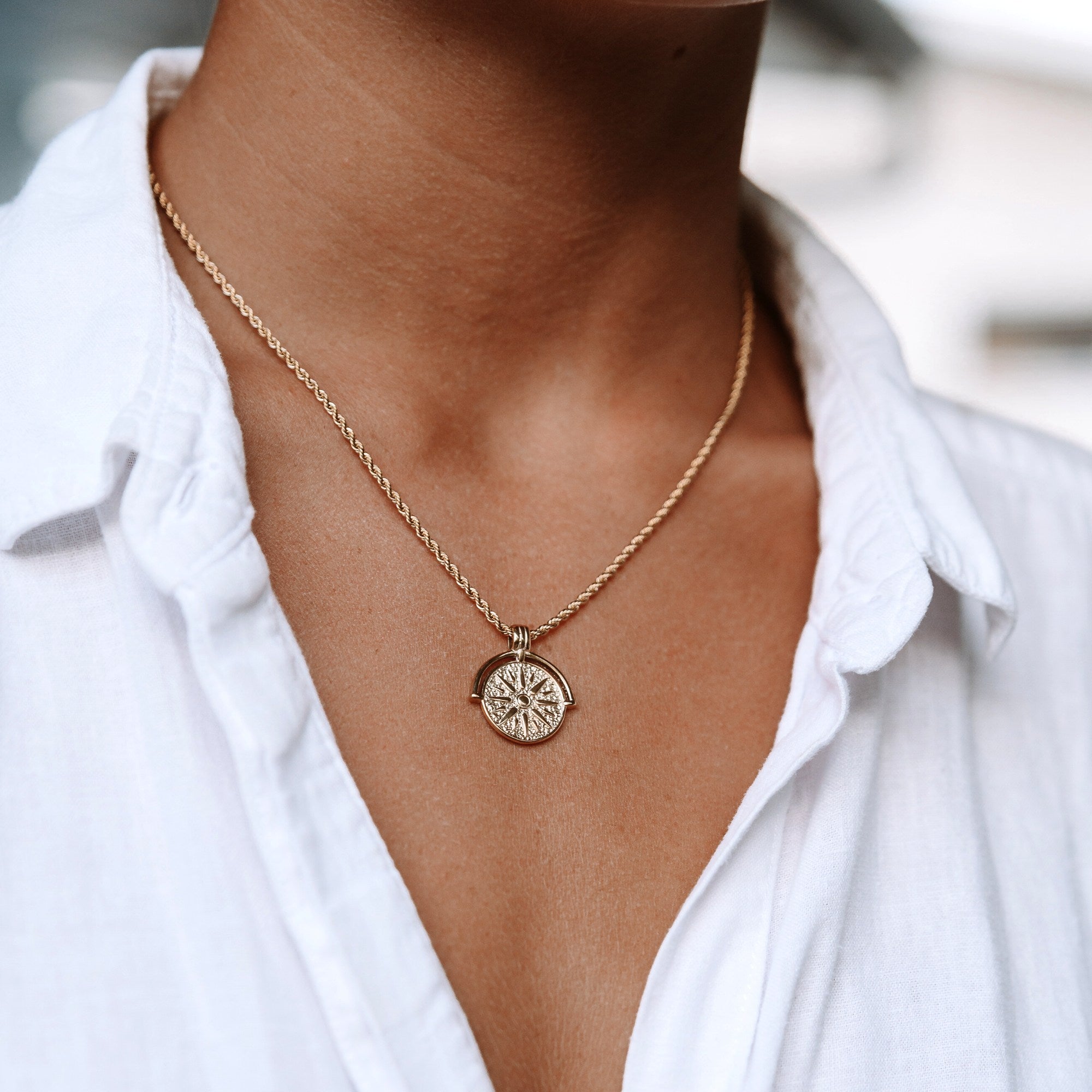
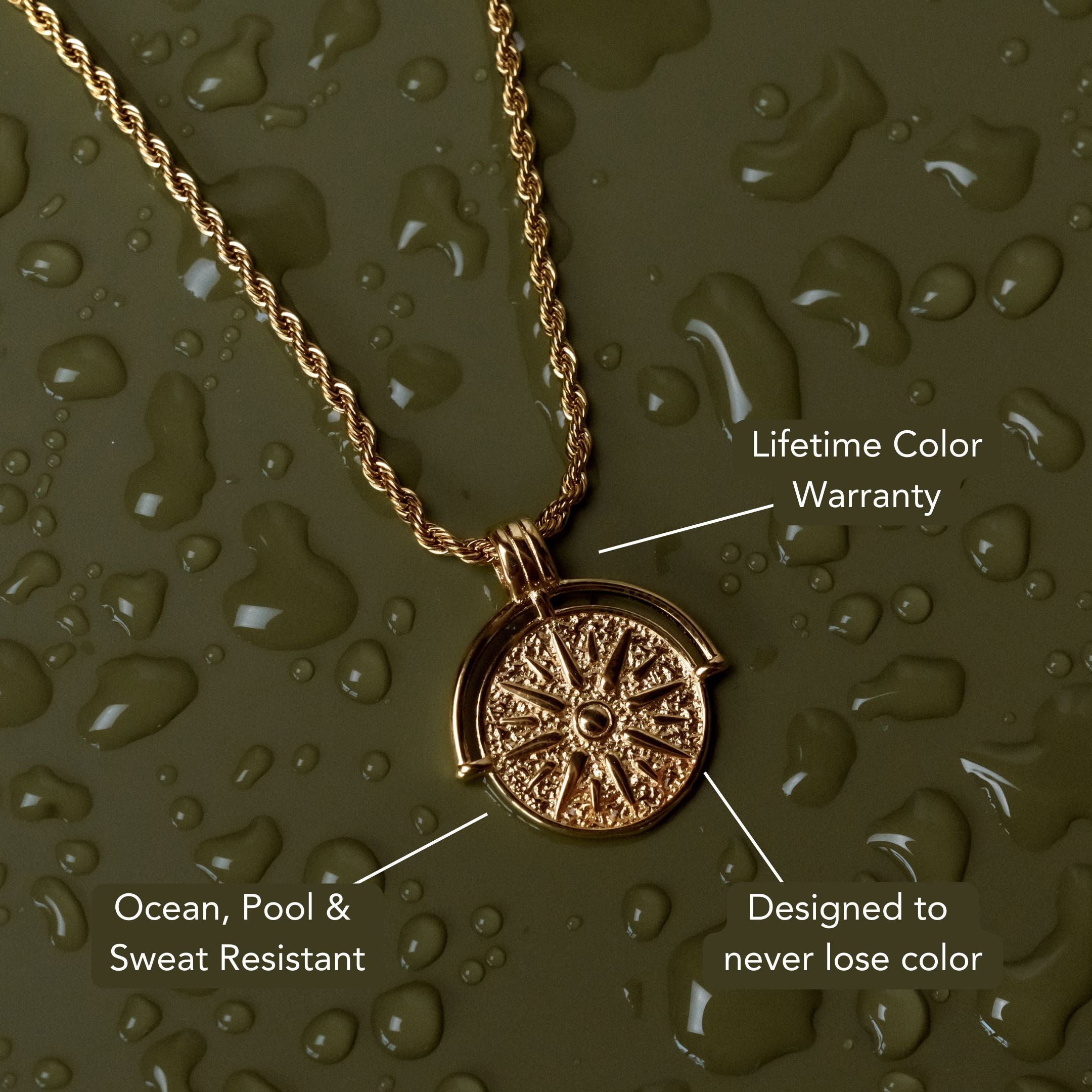

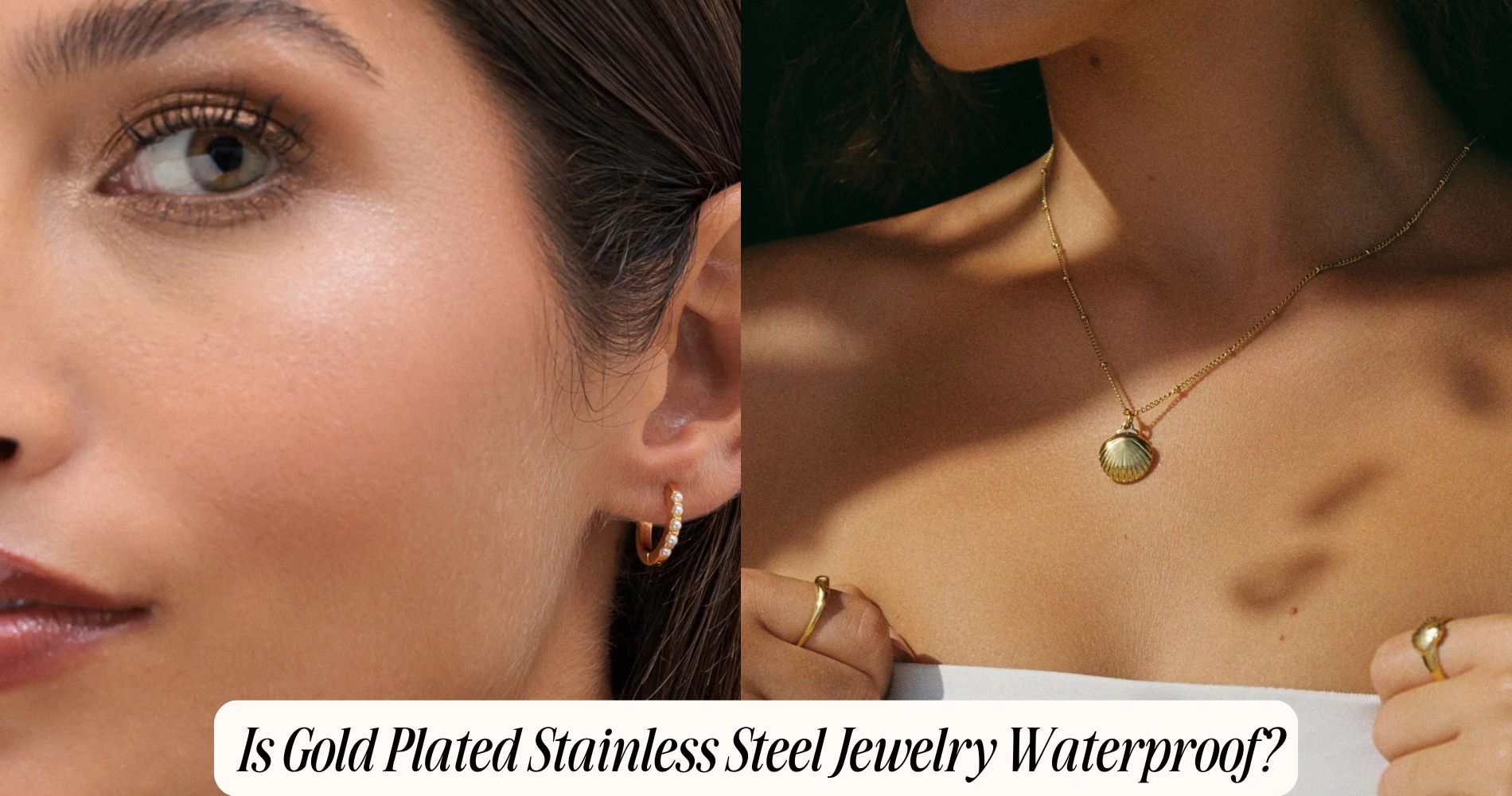




Leave a comment
This site is protected by hCaptcha and the hCaptcha Privacy Policy and Terms of Service apply.